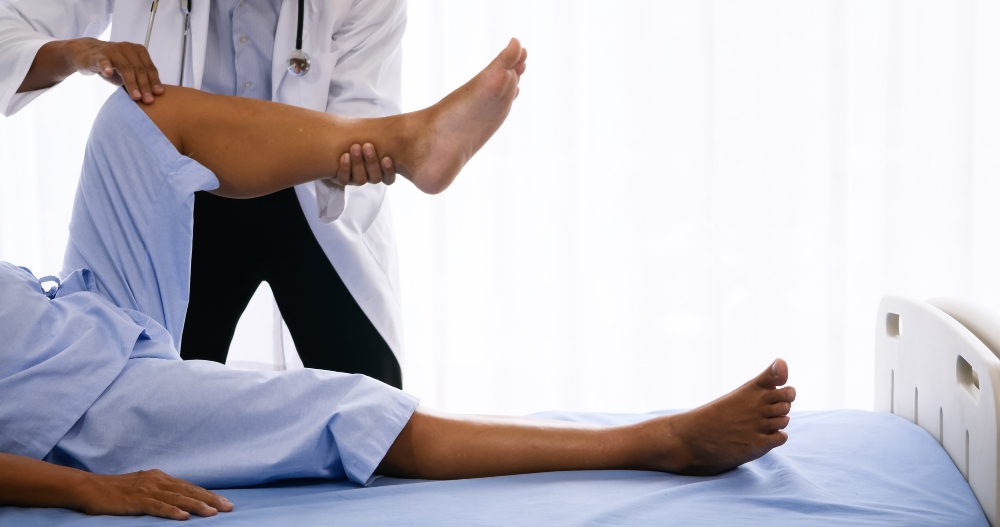Physical therapists can help you in person by targeting your weakest points. Your physical therapist will observe you while you do the exercises and make corrections as you push yourself to improve your strength and work through the pain. Such exercises may not be safe to do on your own, but you can ask for basic exercises you can do at home to improve your strength. Here are ways that a fitness regimen and physical therapy can transform your weaknesses into strengths.
Build Core Strength
Many injuries occur because our cores have weakened. For example, a trip is more likely to result in a fall if your core is weak because overbalancing is much easier. Core exercises can be one on the floor, standing, or rolling on a ball. A simple core exercise is the wall plank.
Stand with your feet shoulder-width apart a little less than an arm’s length from the wall. Place your palms flat on the wall and draw your navel in tight to engage your core. Tighten your glutes to balance, then with your spine firm from tailbone to the top of your head, allow your shoulders to move to the wall. If your arms are not strong, step closer and spread your hands. The goal is to focus on your tummy, not your arms.
Remember that oftentimes, more exercise can lead to a life with less physical pain.
Improve Your Balance
One badly twisted ankle can really throw off your personal training plan. Even if your injury didn’t require a cast, surgery, or a brace, getting help with ankle exercises in your physical therapy and recovery program can help you rebuild your confidence and your comfort level as you heal.
Quality ankle exercises will strengthen your feet as well as your ankle. For example, even if your ankle is sore and swollen, you can place your bare foot on a towel on the floor and curl your toes to pick up the towel. Relax your toes and move your foot to a smooth surface before trying another curl.
When your foot tires after these curls, practice flexing your toes toward the ceiling and releasing. These exercises loosen your toes, especially your big toes, which can get stiff if your ankle is braced or in a cast. Both curling and flexing will boost blood flow through your ankle into your feet.
Increase Your Endurance
Many folks who seek physical therapy are dealing with limited mobility and pain. You may be recovering from surgery or recuperating from a sprain or break. As you rebuild your injury site, discuss options for training in the water with your physical therapist.
For example, you may have a back injury that makes running or race-walking uncomfortable. If your physical therapy professional agrees, you may be able to work on your endurance in the pool.
Time in the pool can be more than just swimming. You can also run or walk in the water, take a water aerobics class and do some intensive jumping at the deep end. Get to a depth that is chin high to start and simply hop to get your shoulders out of the water. As you warm up your muscles, you may be able to go higher. The buoyancy of the water will protect your injury, the hopping motion will get you breathing deeply, and you may enjoy a good laugh as you re-learn how to time your hops!
Expand Your Flexibility
There are many targeted stretches that can help you focus on stretching deep muscles. Exercises such as the pigeon stretch reduce the risk of hip pain and low back tension by loosening up your hip flexors.
When your hip flexors get tight, it can shorten your stride, which can increase pressure on your feet, ankles, and knees. Your quads can also become tight over time. Pigeon stretch and the exercises that help you build up to it, such as a seated butterfly stretch. As you work your way through basic stretches, you will also have to get up and down off the floor, which is another way to build strength and balance.
Visiting a physical therapy professional doesn’t have to be about being a bodybuilder or training for an Ironman. If you’ve suffered an injury or are just dealing with basic aches and pains, time doing simple exercises as directed by a physical therapy professional can lower your discomfort and increase your confidence and strength.

